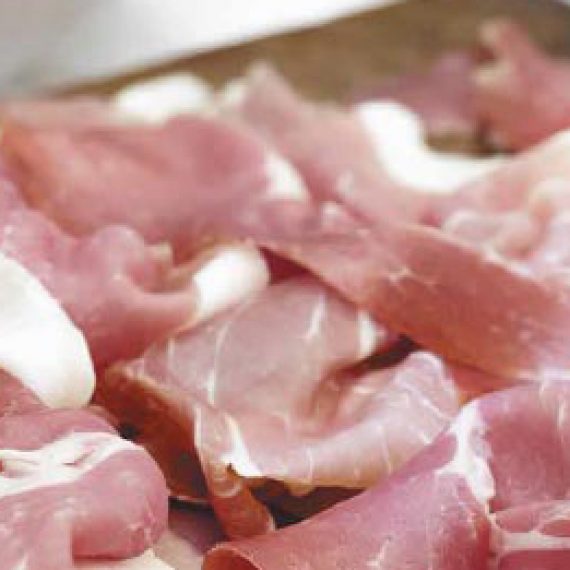The invention of zampone (boiled sausage) is a tale that brings us to the dark times of 1511 when the area of Mirandola – a town a few kilometres away from Modena, was under siege by Pope Giulio della Rovere’s troups.
The castle was surrounded by the enemy, and the besieged needed to kill all their pigs out of fear of going hungry. But, how to preserve such a large quantity of precious meat? Pico Della Mirandola, the cook at the castle, came up with the idea to stuff the pigs’ legs with the meat as a way to conserve and hide it.
This genial idea became a culinary custom, and by the 1700s, zampone (or cotechino) of Modena replaced the “yellow sausage”, which was so celebrated during the Renaissance. Zampone rose to fame in the 1800s as numerous gastronomes, like the Roman Vincenzo Agnoletti, began to write profusely about this delicacy.
At that time the sausage was called “zampetto” (small animal leg), and its name evolved to zampone, perhaps thanks to the musician Gioachino Rossini – an epicurean at heart, who wrote a letter to a salumiere in 1838 requesting: “Six special cuts of beef (Cappelli da prete), four of zampone, and four of cotechino, all of the most delicate quality”.
Also, the writer Emilia Zola once said, “If you want to feel cheerful, eat Modenese, zampone brings joy to a sad soul.”
Zampone and cotechino are similar specialties in Italian culinary culture but differ in their casings: cotechino is enclosed in natural pig intestine and zampone in pig legs. Since 2001, zampone is a protected product with the designation PGI (Protected Geographical Indication), and its traditional use is promoted by the consortium Consorzio Zampone e Cotechino Modena PGI.











